With a punch of subtle, but complex sourness, these sourdough bagels are dreamy and perfect for a lazy Saturday brunch. Or, make them in advance on the weekend for an easy grab-and-go weekday breakfast.
They have a beautiful tight crumb with a chewy bite and thin crust that's topped with just about everything: caraway, sesame, poppy seeds, and garlic. Or you can skip the topping and serve them plain.
Jump to Recipe | Why sourdough? | Key Ingredients | Tips | Variations
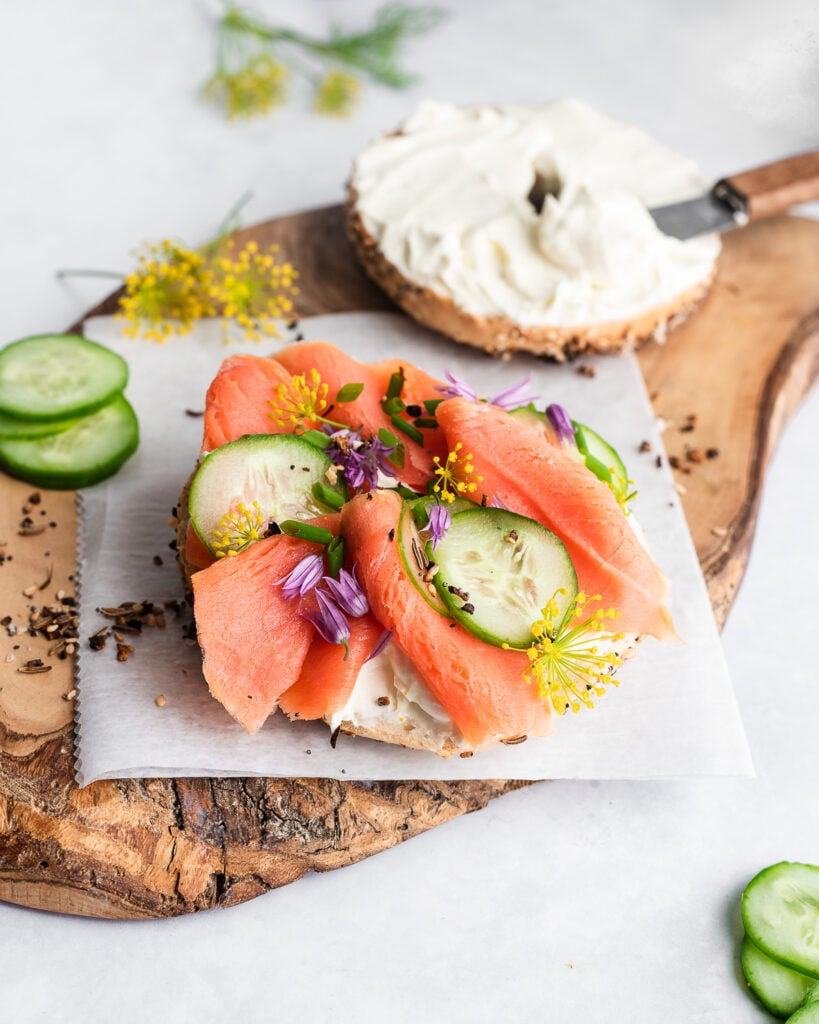
Why sourdough?
Sourdough gives bagels a complex flavor, allowing just a hint of acidity to develop which balances the bread's natural, starchy sweetness. This process also encourages the breakdown of starches, meaning that sourdough bread (including bagels) are generally easier on both your digestion and blood sugar than those leavened with bakers yeast (1, 2).
But, beyond nutrition and flavor, there's another reason. The earliest bagels were leavened with a sourdough starter or with wild yeast from beer brewing. And when you bake your own, you tap into that deep tradition of Eastern European bread baking.
Historians suspect that the earliest bagels were made in Poland in the 14th century, and possibly rooted in the monastic German tradition of pretzel making (3). Both types of bread were leavened with a natural yeast starter since commercial yeast wouldn't be available for centuries, and boiled in an alkaline solution.
Today, one of the easiest ways to make your own would be to use a sourdough starter and boil your bagels in water alkalized by baking soda.
Key ingredients
While bagels are fairly easy to make (all you need to do is mix, rise, shape, boil, and bake), much of their success depends on your ingredients. And with so few ingredients, each one matters.
- Sourdough starter. Make sure your sourdough starter is proofed and bubbly before you make the levain so that its yeast is fully active.
- Bread flour. Bread flour has a high protein content which gives these bagels their characteristic chewy texture. You can substitute lower-protein flours, but your bagels may not have that classic bite.
- Barley malt syrup. Barley malt syrup gives bagels a subtle, but deep bitter-sweet note. You can substitute molasses in a pinch.
Tips for better bagels
While bagel-making seems complex, it's fairly easy. But, if you're not careful, there are a few key places where your baking can go very right (or very wrong).
- Start the night before. Your levain needs 8 to 12 hours in advance before you'll be ready to build your dough.
- Use a proofed starter. One that's at its peak activity so that you have the most active and lively yeast to leaven your dough.
- Your dough won't double. In bread baking, we often wait for the dough double with each rise. This is a dense dough with little water content and it won't double in the same way that high-hydration artisan-style bread will.
- Your dough is ready when it looks puffy. Instead, look for your dough to puff up a bit rather than fully double.
- Use a kitchen scale. A kitchen scale ensures accuracy in your measurements and consistency in your results. It also helps you make sure that every bagel is uniform in size.
- Add your toppings after the water bath, that way they'll stick reliably.
Variations
Substitute the barley malt syrup. Barley malt syrup gives bagels flavor and a distinct malty sweetness. It's worth picking up a jar if you plan to make this recipe frequently, but you can always swap 1 teaspoon molasses in a pinch.
Try whole grain. Substitute 150 grams whole wheat flour or dark rye flour for 150 grams bread flour in the dough.
Swap the toppings. This recipe uses the classic seed mix that makes everything bagels so delicious: caraway, sesame, and poppy seeds, as well as onion, garlic, and salt. You can use whichever toppings you prefer, keeping in mind that you'll need to dredge the bagels in them just after boiling and while the dough is still wet.
Try these sourdough recipes next
References
- Poutanen K, Flander L, Katina K. Sourdough and cereal fermentation in a nutritional perspective. Food Microbiol. 2009.
- Bo, S., et al. The acute impact of the intake of four types of bread on satiety and blood concentrations of glucose, insulin, free fatty acids, triglyceride and acylated ghrelin. A randomized controlled cross-over trial. Food Research International. 2017.
- Weinzweig, Ari. The Secret History of the Bagel. The Atlantic. 2009.



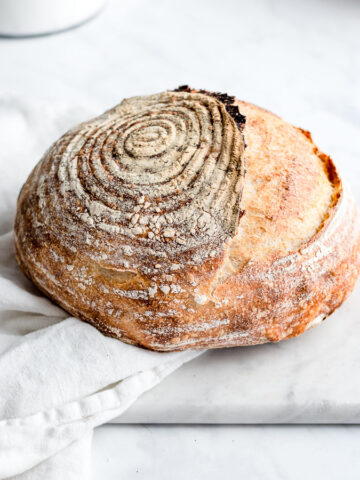
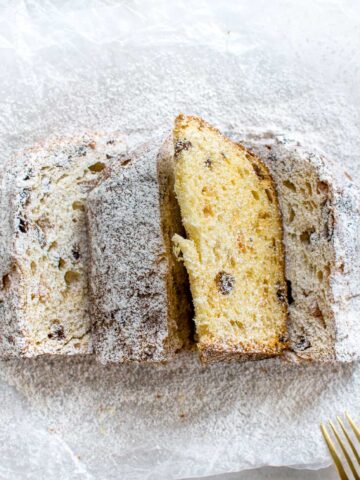
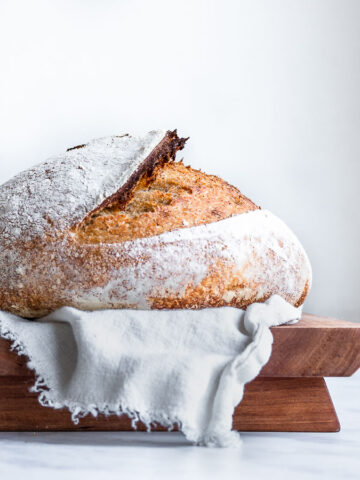
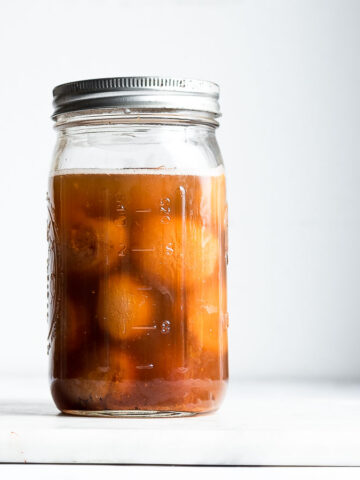
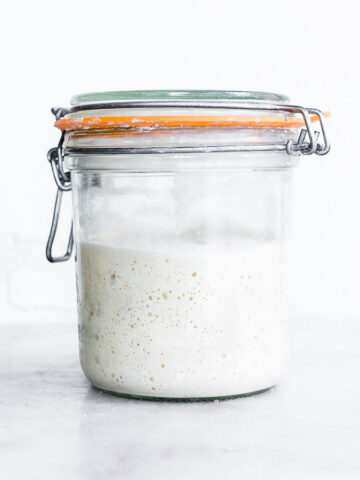
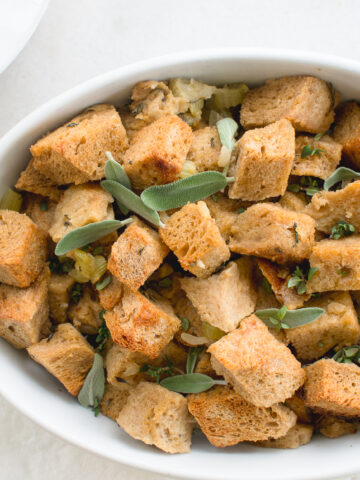
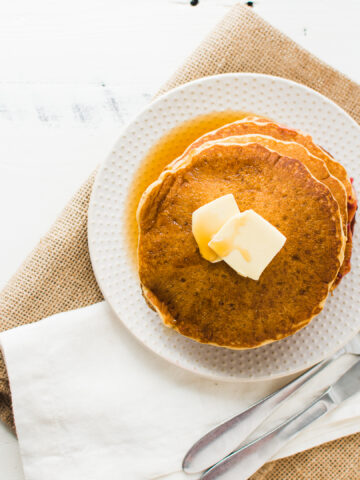
Brushjl says
I love this website, but this just didn't work for me. I got no rise at all, as far as I know, my starter is fine, but I do usually add a bit of yeast.
Bryson Fico says
We enjoyed your sourdough bagel recipe and just the everything bagel mix. We made certain to roll the bagels in the dough while it was still wet - worked out perfectly.
Heather says
Our family LOVED these! First bagel making attempt for me. The instructions were easy to follow and the results were a slightly chewy exterior with a soft and slightly sour interior. So good! I had some Everything But the Bagel spice mix to use up this time, but looking forward to trying this topping mixture later this week. The one challenge I had was using tongs during the boiling step. I found using my hands to put raw bagels into the boiling water worked better than the tongs and then ended up using a spider to lift them out after mangling the first two with tongs when removing from the water. Otherwise, followed as posted. These might become our #1 use for our sourdough starter!
David says
Thanks for sharing this recipe. I’ve made yeasted bagels many times but wanted to try the sourdough version. I noticed that in the ingredients list under “bagel dough” you have 350g of bread flour but under the written directions, you have 400g bread flour. I followed by using 350g and it was a but sticky for bagel dough (in my experience). They turned out well, but I wanted to check to see which amount is correct. Thanks again.